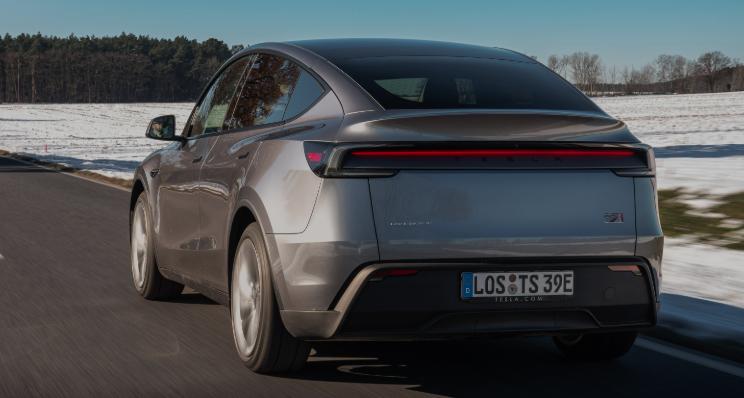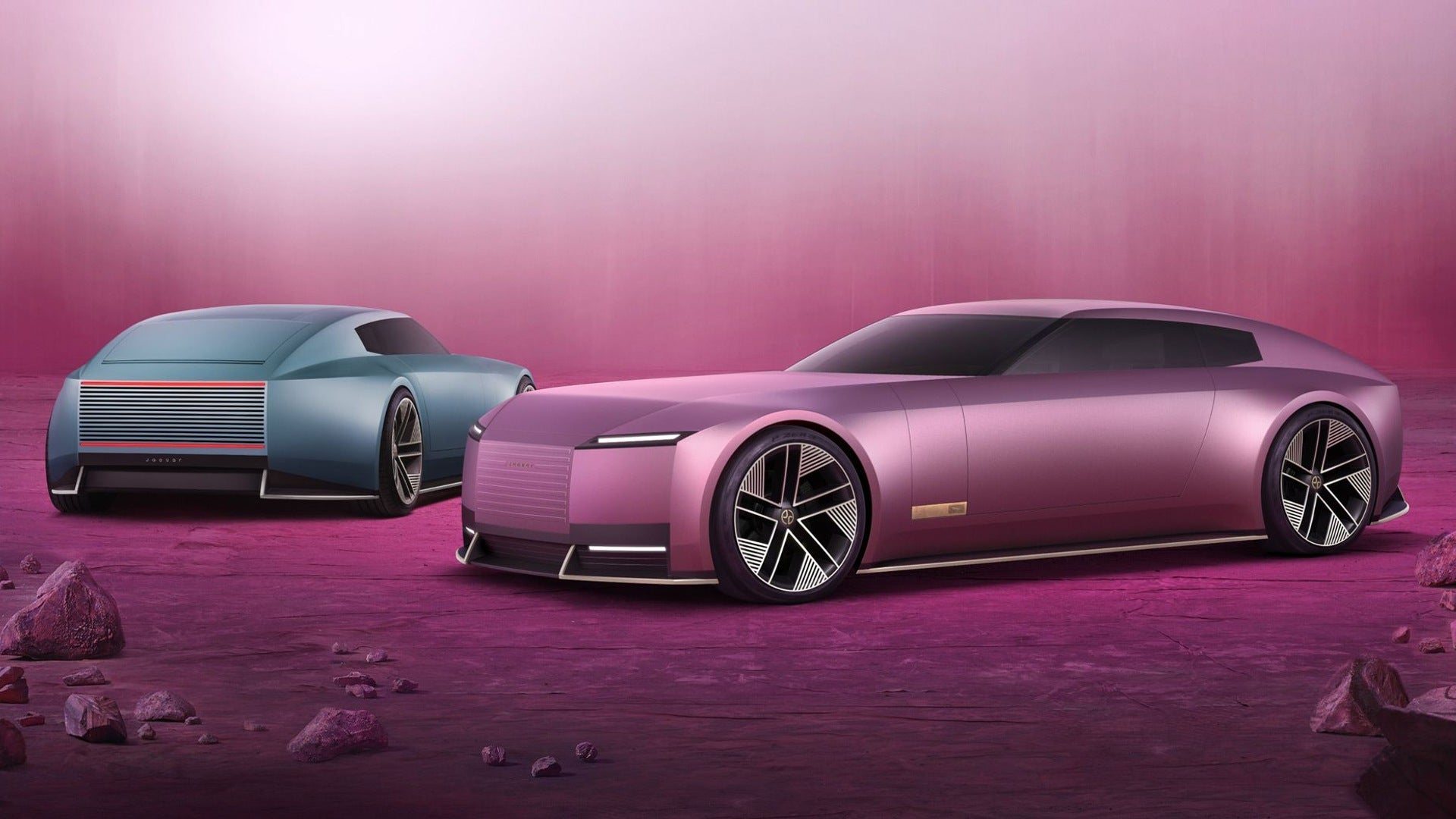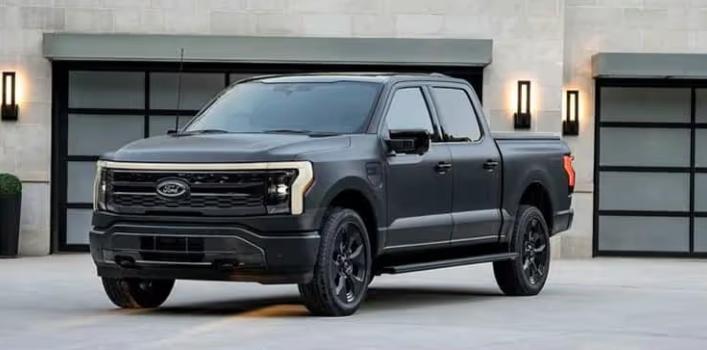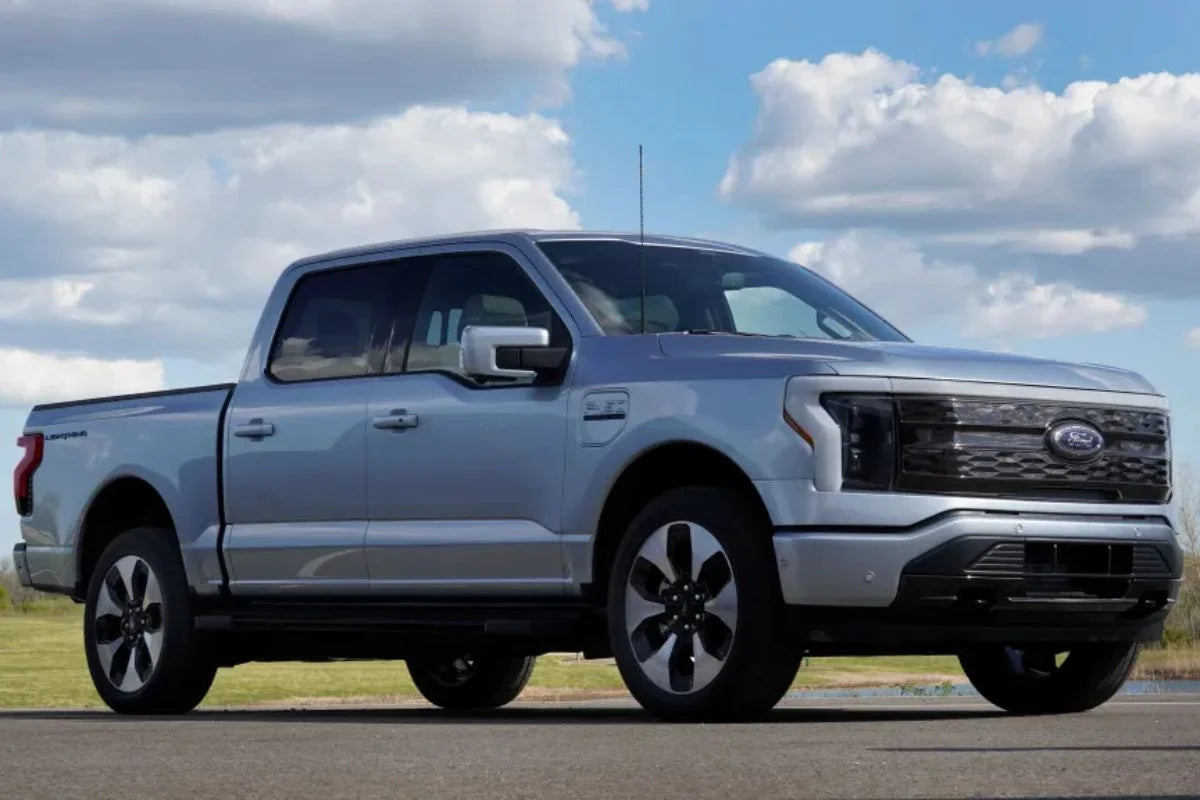Le Tesla Model Y , SUV électrique compact, continue de gagner en popularité auprès des acheteurs de véhicules électriques grâce à son équilibre entre performances, espace et efficacité. Mais l'une des questions les plus fréquentes des acheteurs potentiels est : quelle est l'autonomie du Tesla Model Y avec une charge complète ? Cet article offre un aperçu complet, des caractéristiques de la batterie aux habitudes de conduite, pour vous aider à comprendre l'autonomie réelle du Model Y.
Cotes d'autonomie officielles de l'EPA pour Tesla Model Y
Tesla propose le modèle Y en plusieurs variantes, chacune avec une configuration de batterie différente :
| Variante du modèle Y | Autonomie estimée par l'EPA (charge complète) |
|---|---|
| Transmission intégrale longue portée | 330 milles |
| Transmission intégrale performante | 303 milles |
| Gamme standard RWD (abandonné) | 244 milles |
Ces plages reflètent des conditions idéales : vitesse constante, météo clémente et faible dénivelé. Les performances en conditions réelles peuvent varier.

Facteurs qui affectent l'autonomie de conduite
L'autonomie du Model Y ne dépend pas uniquement de sa batterie. Les facteurs suivants jouent un rôle crucial :
-
Vitesse de conduite : des vitesses plus élevées augmentent la traînée aérodynamique, réduisant considérablement l'autonomie.
-
Terrain : Les parcours vallonnés ou montagneux demandent plus de puissance que les terrains plats.
-
Style de conduite : L’accélération agressive et le freinage brusque consomment plus d’énergie.
-
Chargement de marchandises et de passagers : des charges plus lourdes augmentent la consommation d'énergie.
-
Choix de roues et de pneus : des roues plus grandes ou des pneus performants peuvent réduire l’autonomie de 5 à 10 %.
Recharger une Tesla : options et considérations
Les propriétaires de Tesla ont plusieurs options pour recharger leurs véhicules :
-
Tesla Supercharger : recharge rapide en courant continu dans plus de 1 000 emplacements aux États-Unis
-
Recharge à domicile : utilisation d'un connecteur mural Tesla ou d'une prise NEMA 14-50 pour la charge de nuit.
-
Destination Charging : Chargeurs de niveau 2 plus lents situés dans les hôtels, les centres commerciaux ou les parkings.
-
Réseaux de recharge tiers : via des adaptateurs pour prises CCS ou J1772.
Le système de navigation de Tesla oriente intelligemment les conducteurs vers les bornes de recharge et estime les temps de charge.

Vitesses de charge
| Méthode de charge | Vitesse approximative |
|---|---|
| Superchargeur Tesla (V3) | Jusqu'à 250 kW (170 miles en 15 min) |
| Niveau 2 (240 V, 32-48 A) | ~25–44 miles/heure |
| Niveau 1 (domestique 120 V) | ~3–5 miles/heure |
Une charge plus rapide est possible lorsque la batterie est à un faible état de charge et dans des conditions de température idéales.
Surveillance et optimisation de la charge
L'application mobile Tesla offre un suivi en temps réel de la progression de la charge, de l'autonomie estimée et du coût de la charge. Les fonctionnalités de charge intelligente incluent :
-
Recharge programmée pour réduire les tarifs d'électricité.
-
Préconditionnement de la batterie avant la suralimentation pour optimiser la vitesse.
-
Mode de plage pour réduire la consommation d'énergie et de chauffage et de climatisation.
Recharger une Tesla : options et considérations
Les conducteurs de Tesla Model Y disposent de trois options de charge principales :
-
Niveau 1 (120 V) : les prises domestiques standard offrent une autonomie d'environ 3 à 4 miles par heure, ce qui convient uniquement aux situations d'urgence ou à une utilisation très légère.
-
Niveau 2 (240 V) : Augmente l'autonomie de 32 à 48 km par heure. Pour une utilisation quotidienne à la maison, un chargeur de niveau 2 dédié est fortement recommandé.
-
Recharge rapide CC (Superchargeurs) : Jusqu'à 320 km d'autonomie en seulement 15 minutes. Idéal pour les longs trajets.
Solution de recharge à domicile recommandée :
Pour une recharge à domicile fiable et performante, le chargeur EVDANCE Flux Tesla 40 A est spécialement conçu pour les véhicules Tesla. Il offre une charge fiable de 240 V jusqu'à 40 A. Il intègre des fonctions de sécurité, une installation rapide et un écran LCD intelligent qui affiche les statistiques de charge en temps réel. Sa conception compacte et résistante aux intempéries le rend idéal pour une installation murale en garage ou en extérieur. Le chargeur est compatible avec le connecteur NACS de Tesla, éliminant ainsi le besoin d'adaptateurs supplémentaires.
Conseils pour maximiser l'autonomie de Tesla
Outre les habitudes de conduite et l'état de la batterie, la logistique de recharge peut avoir un impact sur l'autonomie quotidienne. Si votre installation de recharge est éloignée de votre place de stationnement habituelle, comme dans les locations, les garages partagés ou les foyers à plusieurs véhicules, il est essentiel d'utiliser une solution d'extension sûre et compatible.

Accessoire recommandé :
La rallonge EVDANCE Tesla de 12,2 m est un câble robuste et résistant aux intempéries, conçu pour les chargeurs Tesla de 40 A. Sa portée de 12,2 m assure une flexibilité optimale dans les espaces de stationnement exigus ou peu pratiques, sans compromettre l'efficacité énergétique ni la sécurité thermique. Conçue selon la norme NACS de Tesla, elle est le compagnon idéal de votre installation domestique.
Comparaison de l'autonomie de Tesla avec celle des voitures à essence
Alors que les véhicules à essence offrent généralement une autonomie de 480 à 640 km par plein, les véhicules électriques comme le Model Y comblent ce retard. Contrairement aux stations-service, les véhicules électriques bénéficient d'une recharge quotidienne à domicile, ce qui réduit les arrêts longue distance. Pour les trajets quotidiens (moins de 80 km), une charge complète peut durer plusieurs jours.

Longévité et garantie de la batterie Tesla
La batterie du modèle Y de Tesla est conçue pour une utilisation à long terme :
-
Garantie de la batterie : 8 ans ou 120 000 miles (variantes longue portée et performance)
-
Taux de dégradation : Tesla signale seulement 10 % de dégradation après 150 000 miles en moyenne.
Les mises à jour logicielles améliorent fréquemment la gestion et l’efficacité de la batterie au fil du temps.

Entretien et remplacement des batteries Tesla
Les véhicules électriques Tesla nécessitent moins d'entretien que les véhicules thermiques. Pour les batteries :
-
Les systèmes de refroidissement et de gestion thermique empêchent la surchauffe.
-
Le remplacement de la batterie , bien que rare, peut coûter entre 12 000 et 16 000 dollars hors garantie.
-
Le recyclage des batteries est intégré à l’initiative de développement durable de Tesla.
Graphique de visualisation de la portée

Conclusion
La Tesla Model Y offre un équilibre impressionnant entre autonomie, performances et ergonomie. Avec jusqu'à 530 km d'autonomie avec une charge complète et un réseau de recharge performant, elle convient aussi bien à la conduite quotidienne qu'aux trajets, notamment avec de bonnes habitudes de recharge et une conduite économe.
Découvrez plus de blogs et d'actualités sur Tesla sur le site officiel d'EVDANCE.
Auteur : Lay Wen.
Lecture recommandée : Quelle est l'autonomie d'une IONIQ 5 avec une charge complète ?








Partager:
Comprendre les adaptateurs pour véhicules électriques : améliorer la compatibilité entre les normes de recharge
Quelle distance peut parcourir une Tesla Model 3 avec une charge complète ?